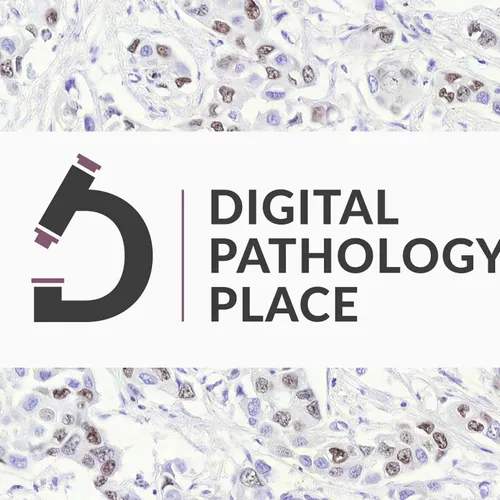154: AI in Pathology: Advances in Prostate, Bladder & Endocrine Cancer
- Author
- Aleksandra Zuraw, DVM, PhD
- Published
- Tue 19 Aug 2025
- Episode Link
- None
If our visual scoring is still based on gut feeling, how do we scale precision?
In this week’s DigiPath Digest, I explored four new AI-focused papers that could reshape how we diagnose prostate, bladder, gastroesophageal, and endocrine cancers.
From automated IHC scoring to predicting urethral recurrence post-cystectomy, these studies highlight the growing value—and responsibility—of integrating AI into our pathology workflows.
And yes, I also reveal where to get my histology-inspired earrings 😉
Episode Highlights
[06:00] Muse Vet Platform launch + STP talk
[11:00] Tools I use: Perplexity, RAG, ChatGPT, and AI citation traps
[14:00] AI’s promise—and its pitfalls
Paper 1: IHC Scoring in GEC (Caputo et al.)
Manual PD-L1 and HER2 scoring is subjective. This study shows AI can standardize and improve accuracy using digital tools for GEC.
[20:00] AI reduces visual bias
[23:00] Potential to replace expensive assays
Paper 2: ASAP in Prostate Biopsies
Page Prostate AI matched final diagnoses 85% of the time—more than human reviewers.
[24:00] ASAP = gray zone diagnosis
[27:00] AI matched final calls more often than humans
Paper 3: Recurrence Prediction Post-Cystectomy
Chinese study developed a recurrence model using ML on clinical data. AUC: 0.86 (train), 0.77 (test).
[30:00] Risk factors: CIS, bladder neck involvement
[32:00] SHAP explained model insights
Paper 4: Reticulin Framework in Endocrine Pathology
Reticulin stains are cheap but powerful. This paper calls for AI to take notice.
[36:00] Reticulin separates benign from malignant
[40:00] Let’s train AI on these patterns
📚 Resource from this Episode
- Caputo et al., Pathology Research & Practice
- Page Prostate study on ASAP
- ML model predicting urethral recurrence
- Reticulin stains in endocrine tumor grading
AI is already enhancing diagnostic precision—we just need to guide its use responsibly. From special stains to advanced models, this episode covers where we're headed next.
